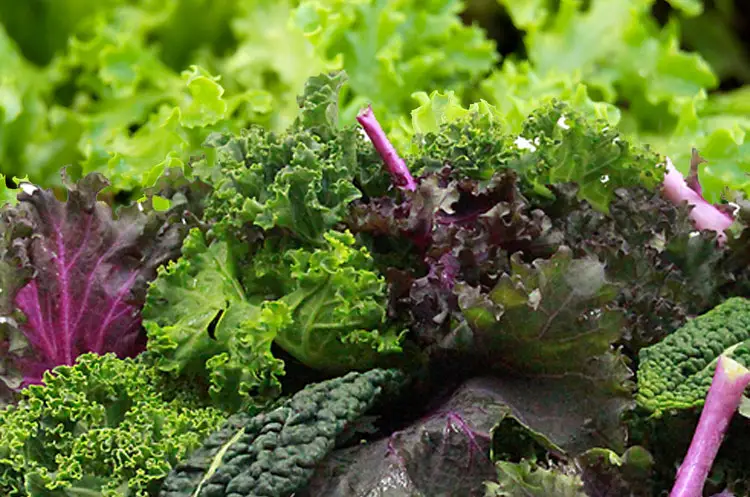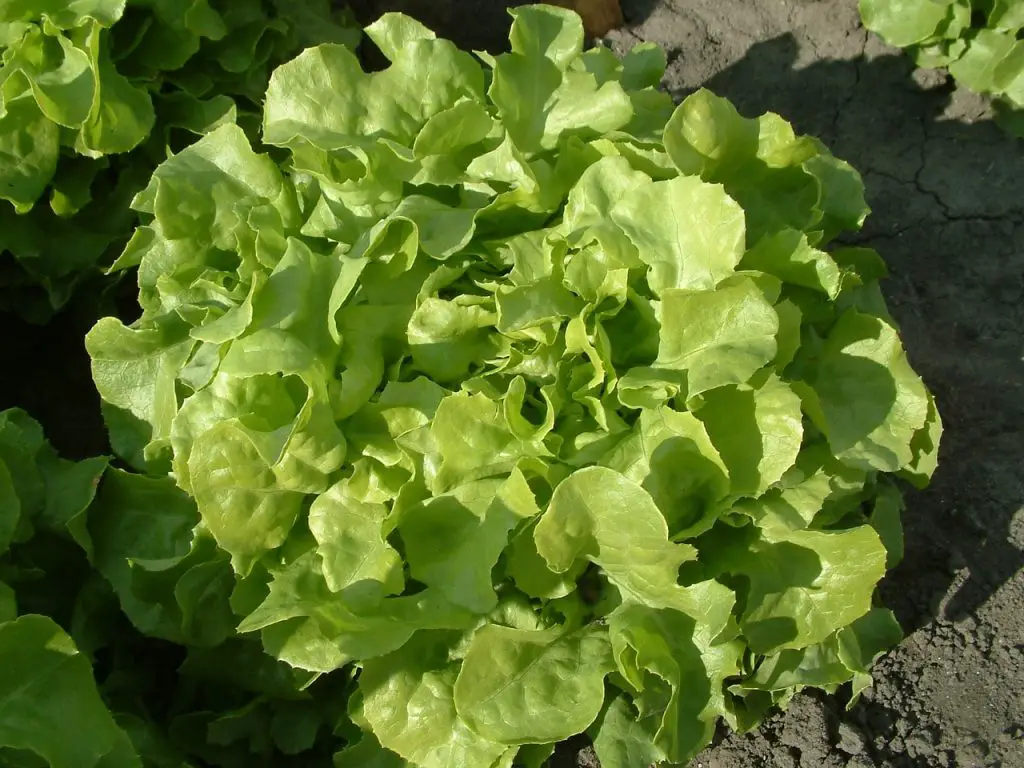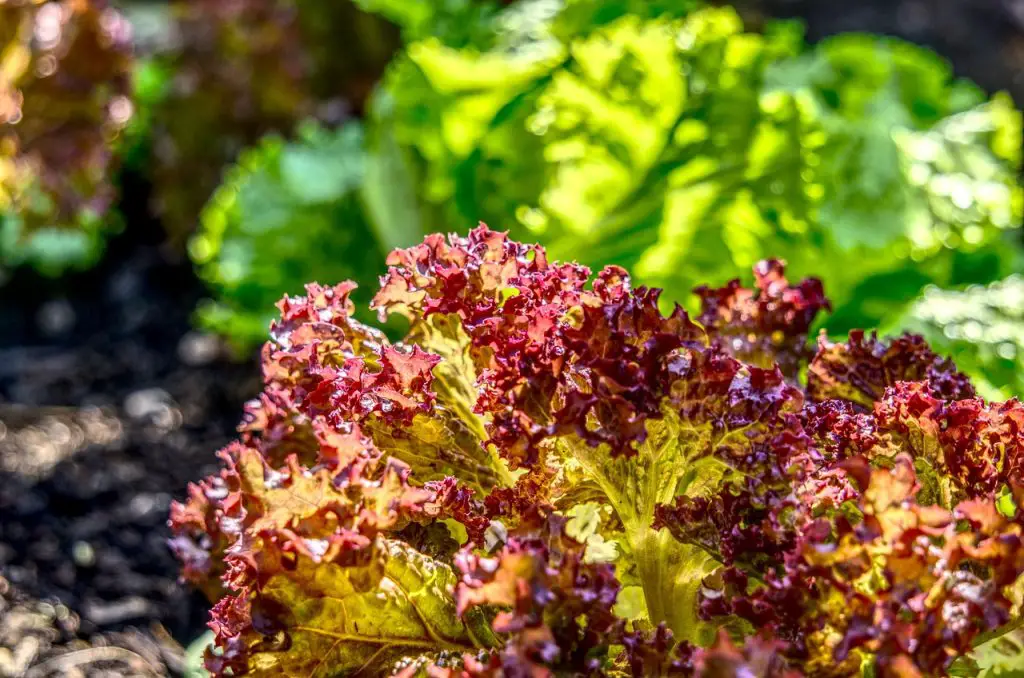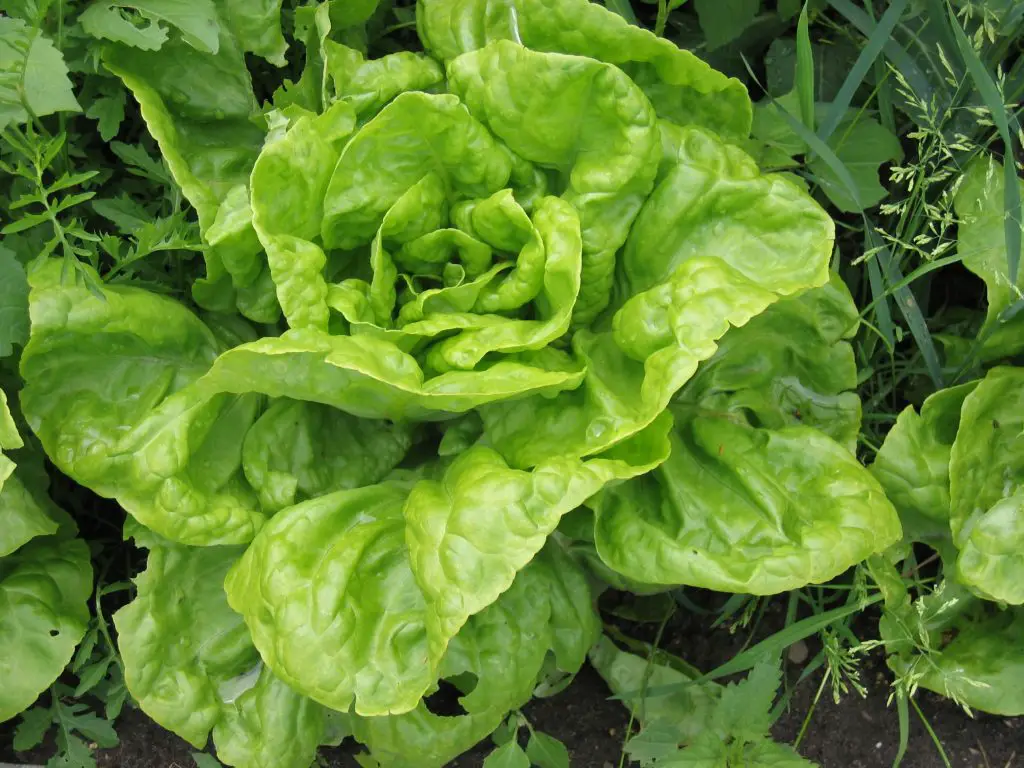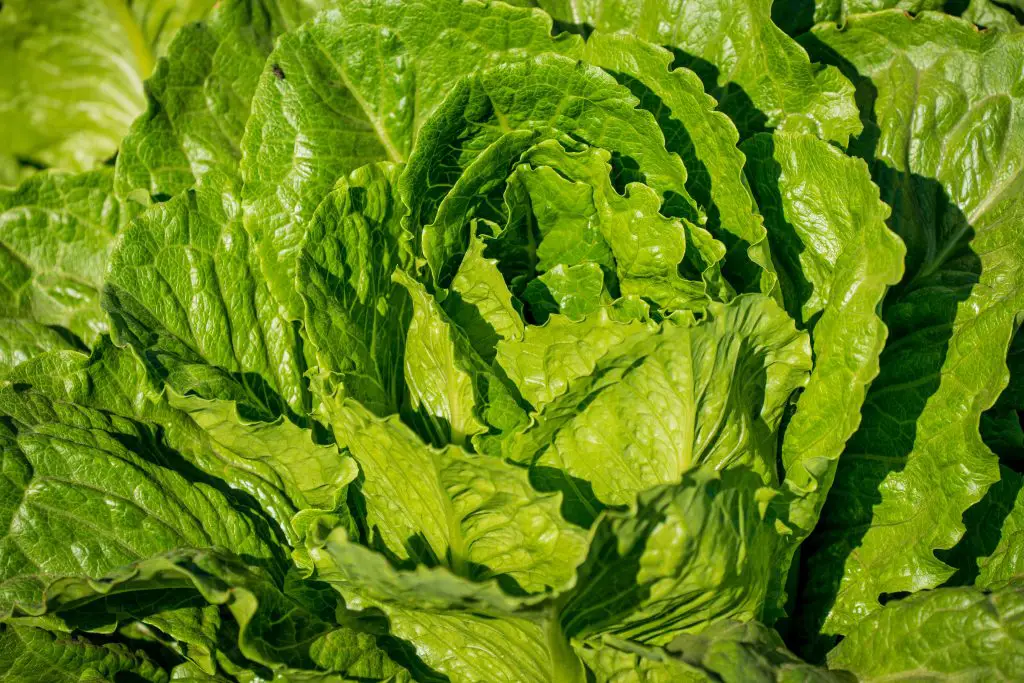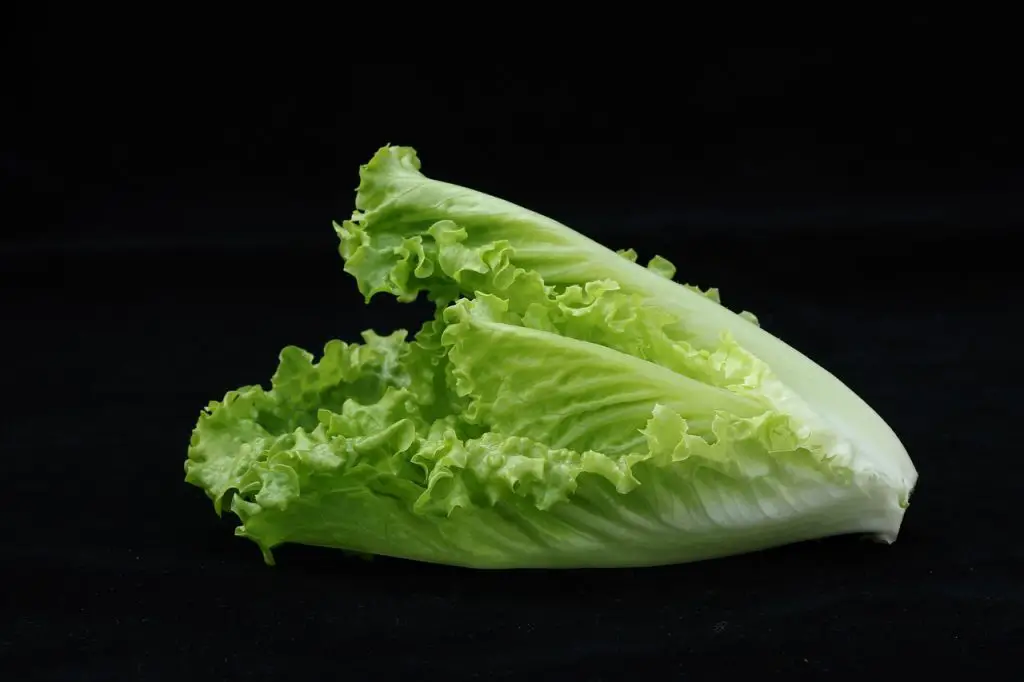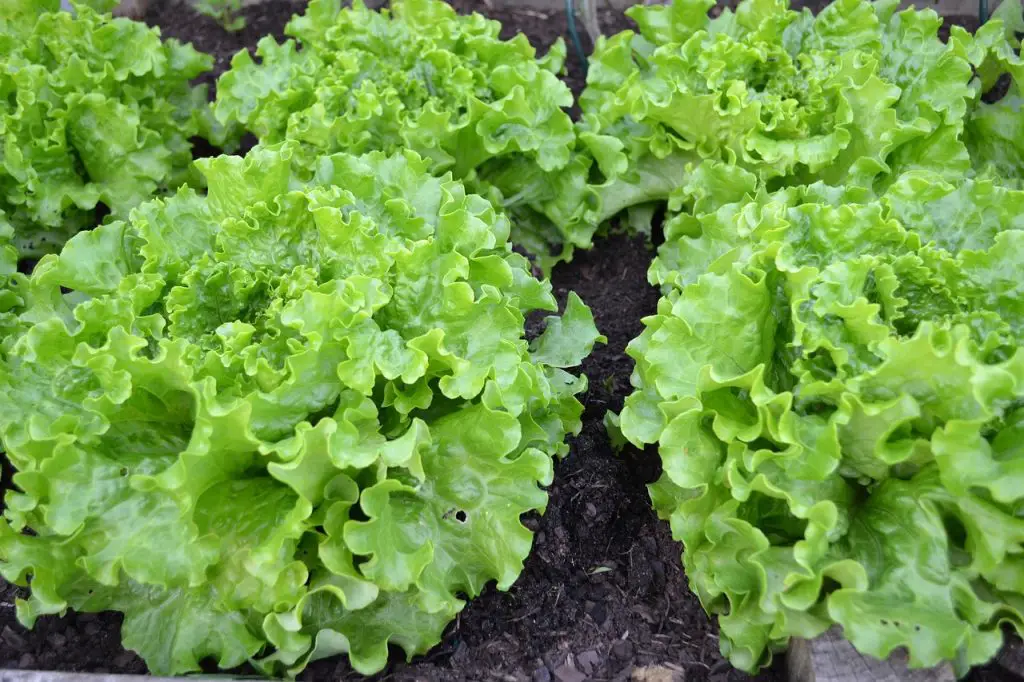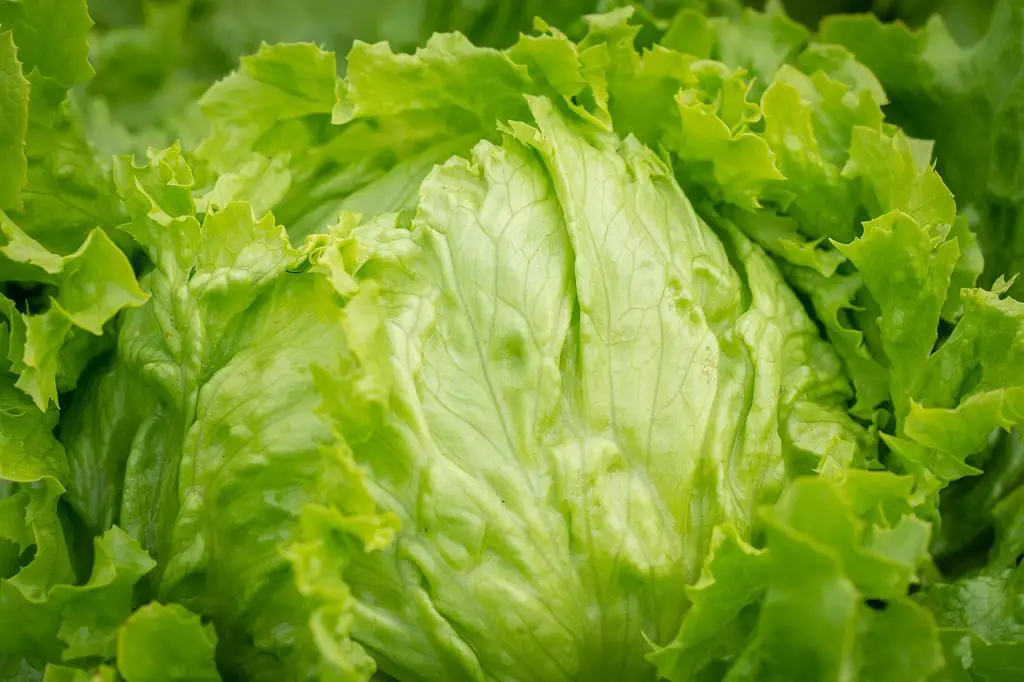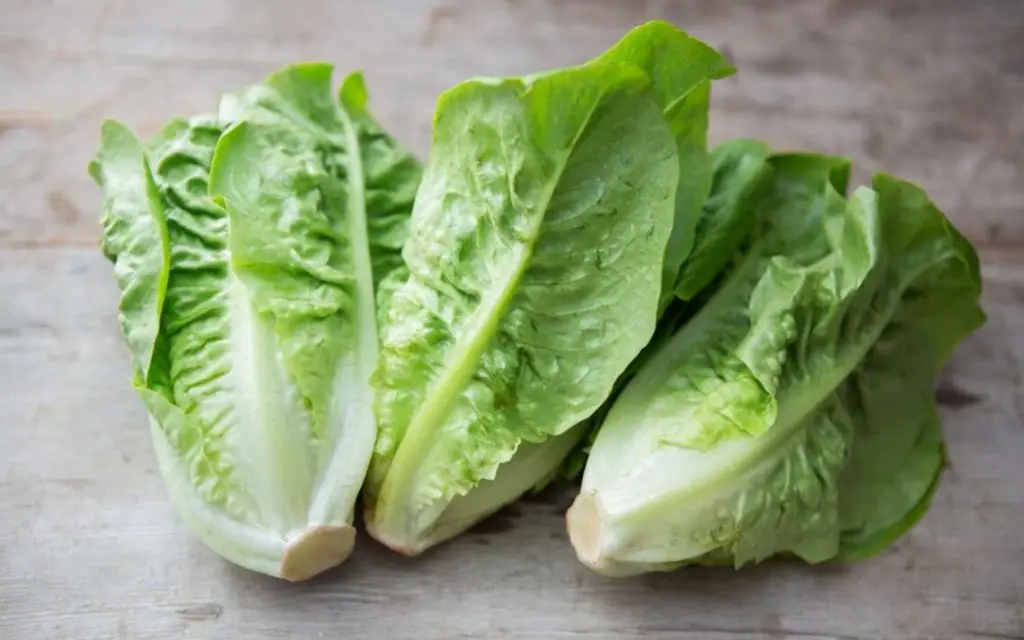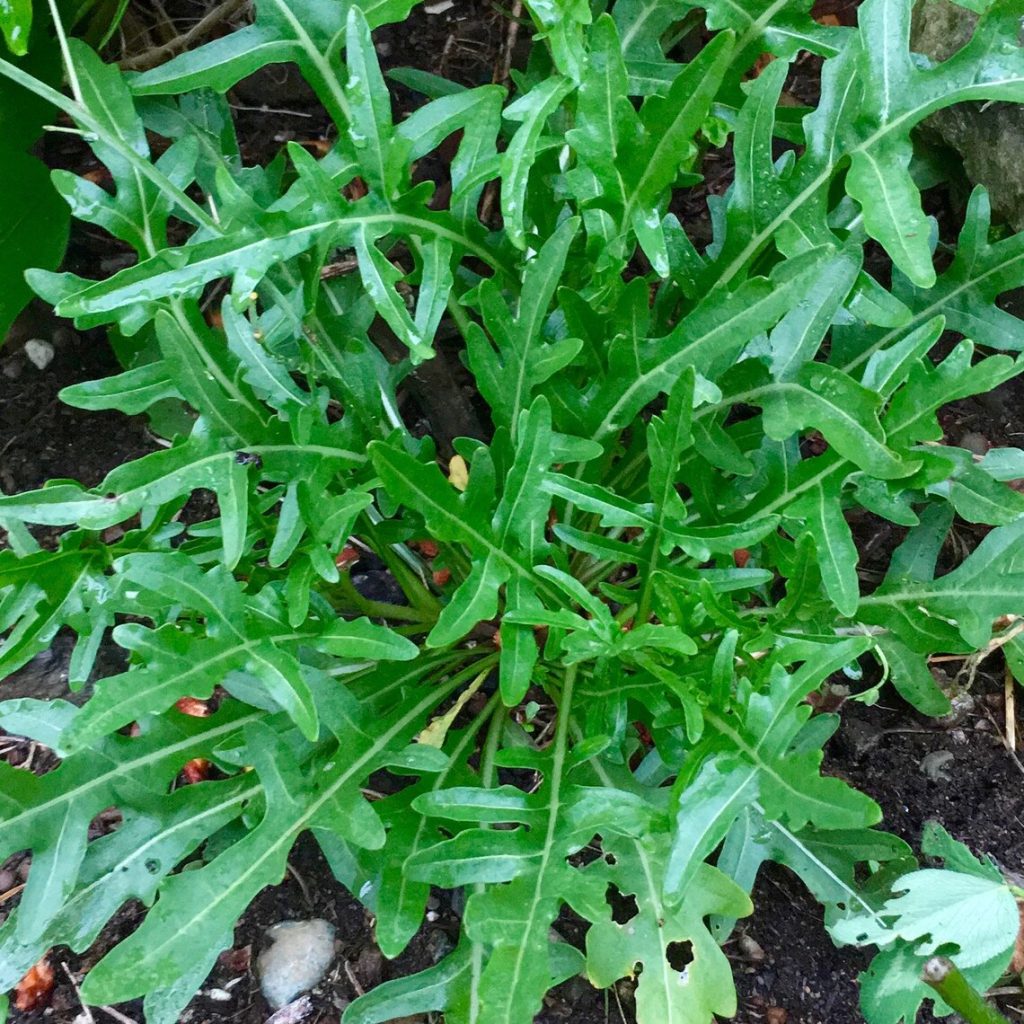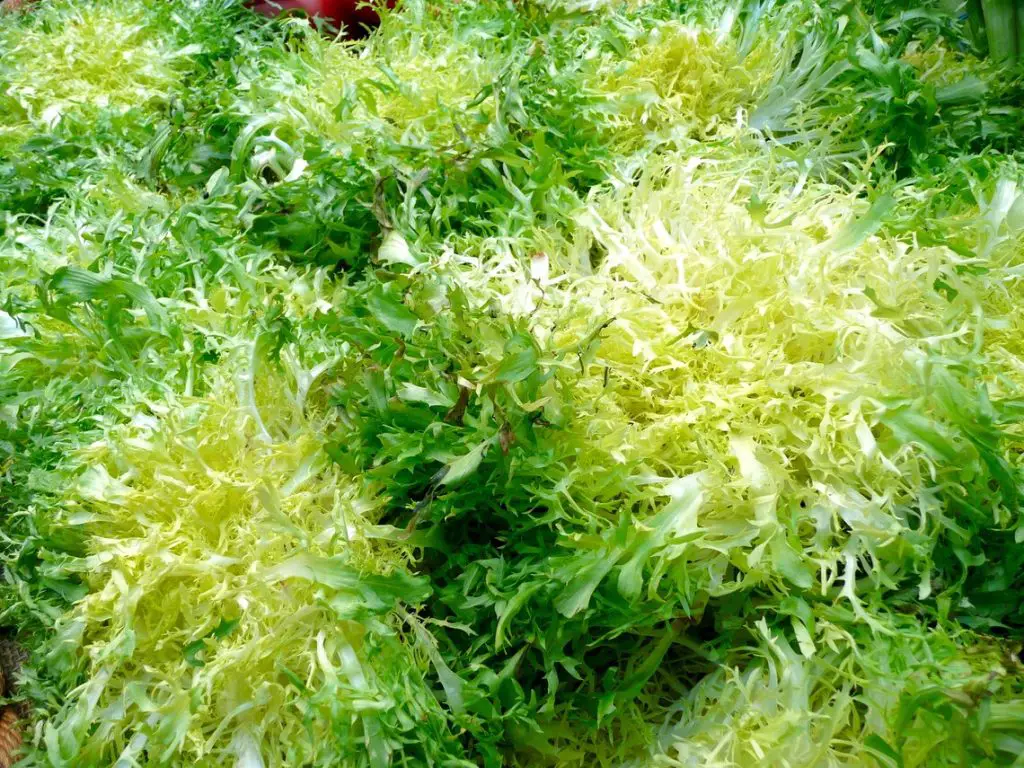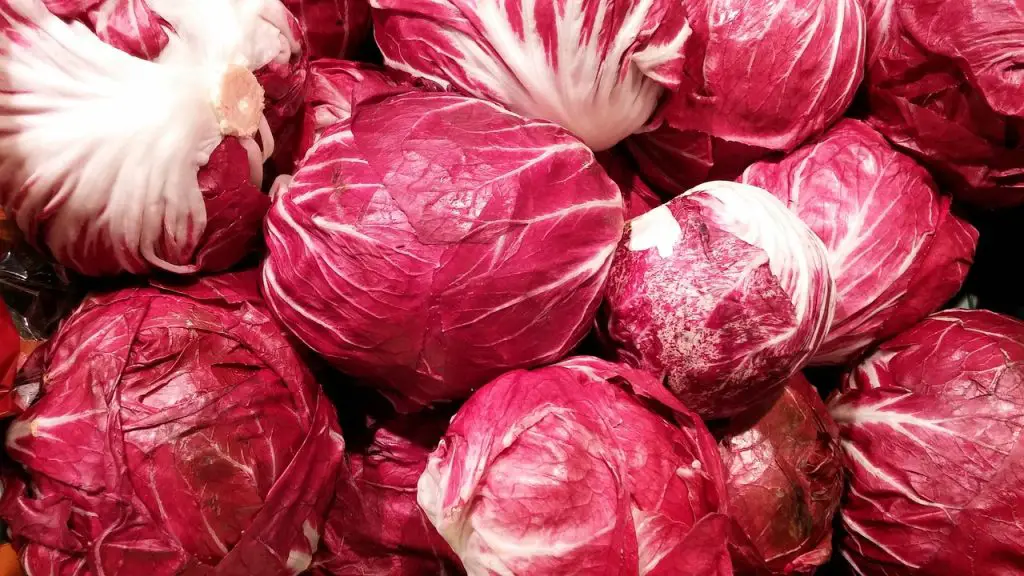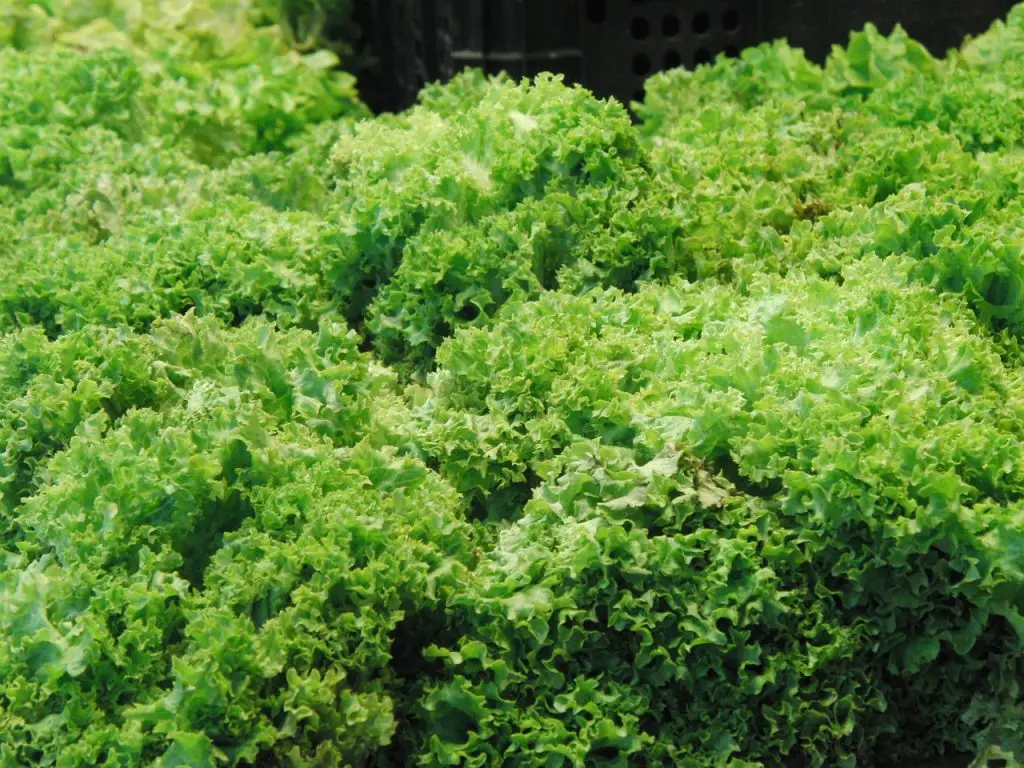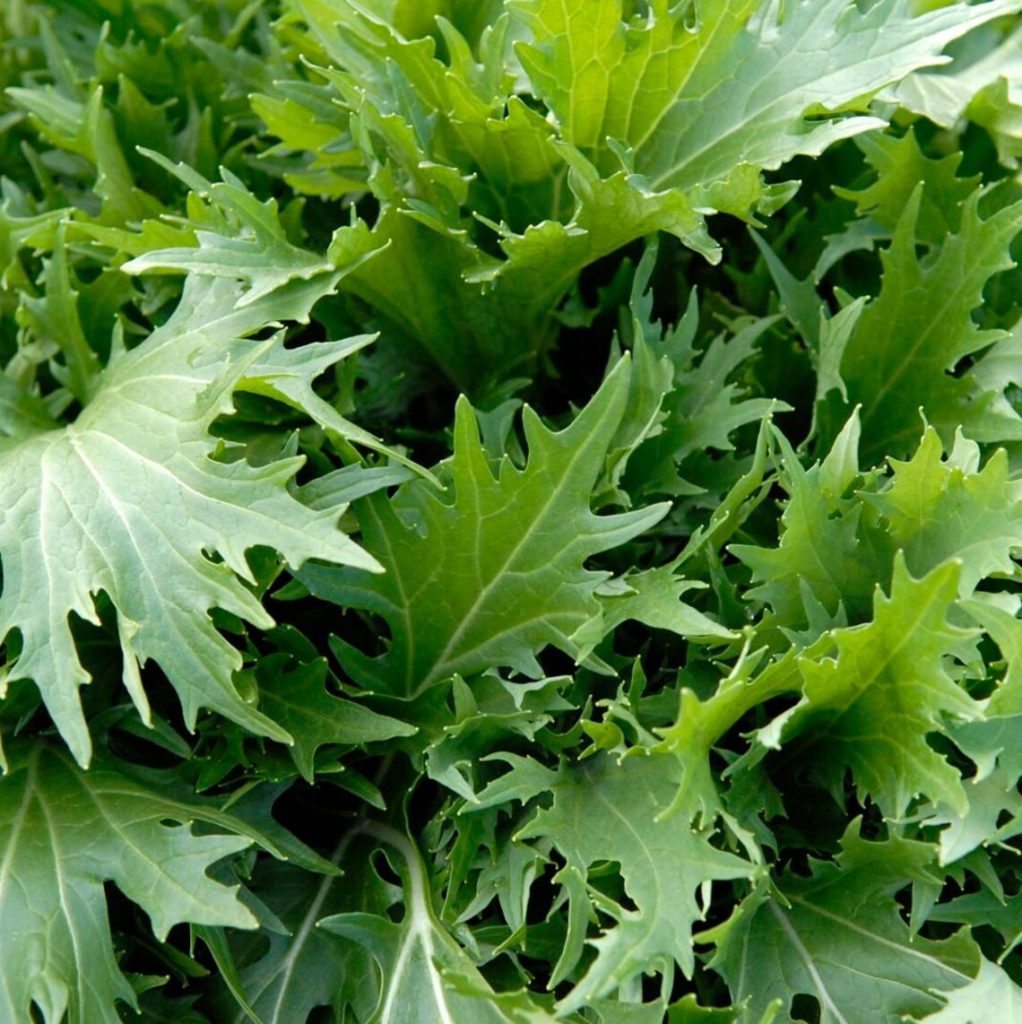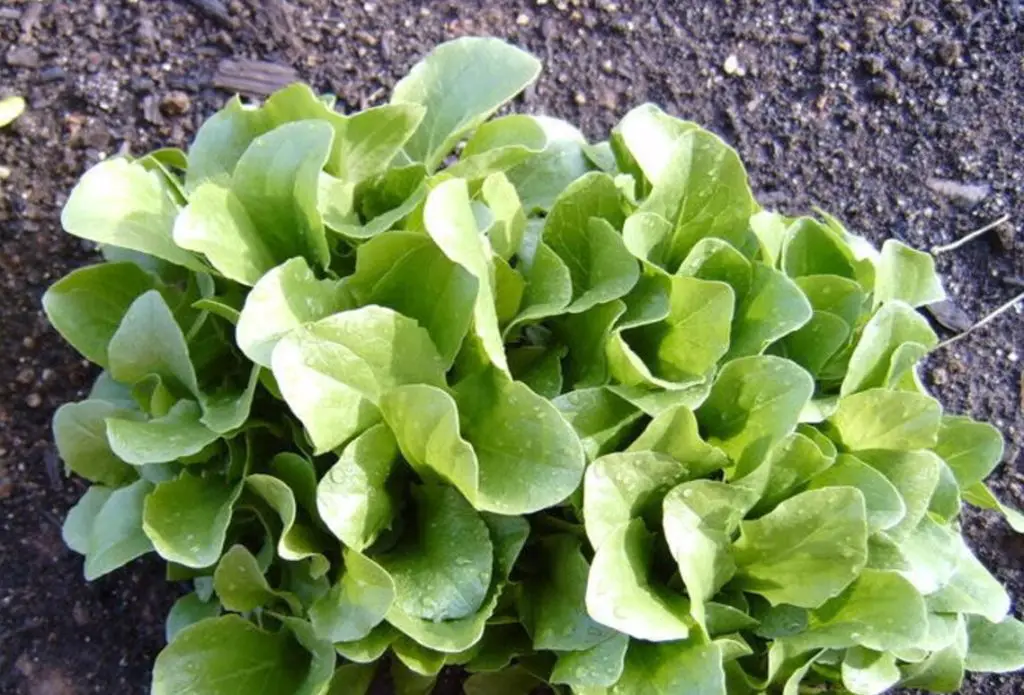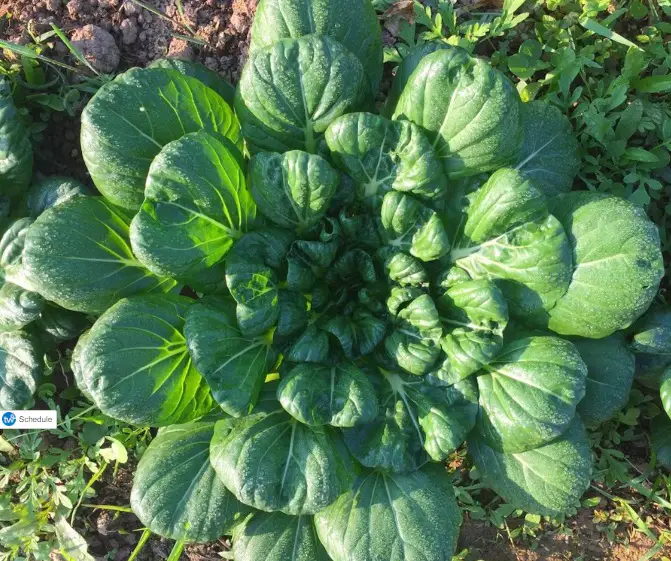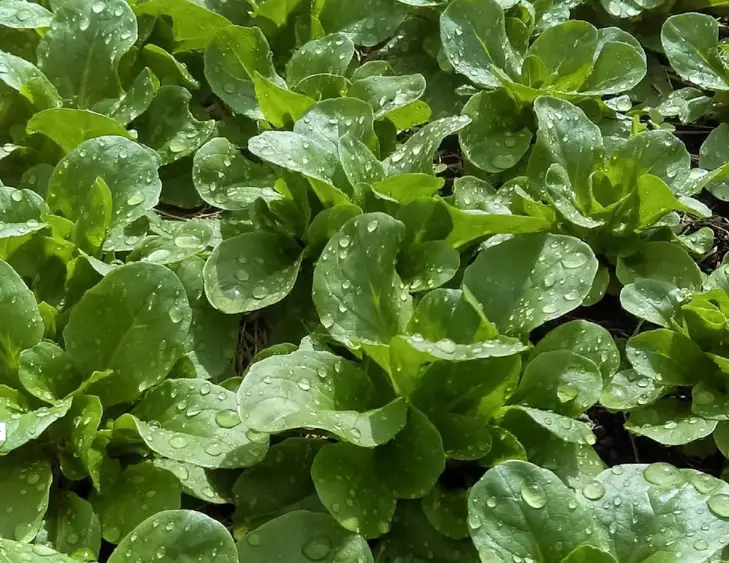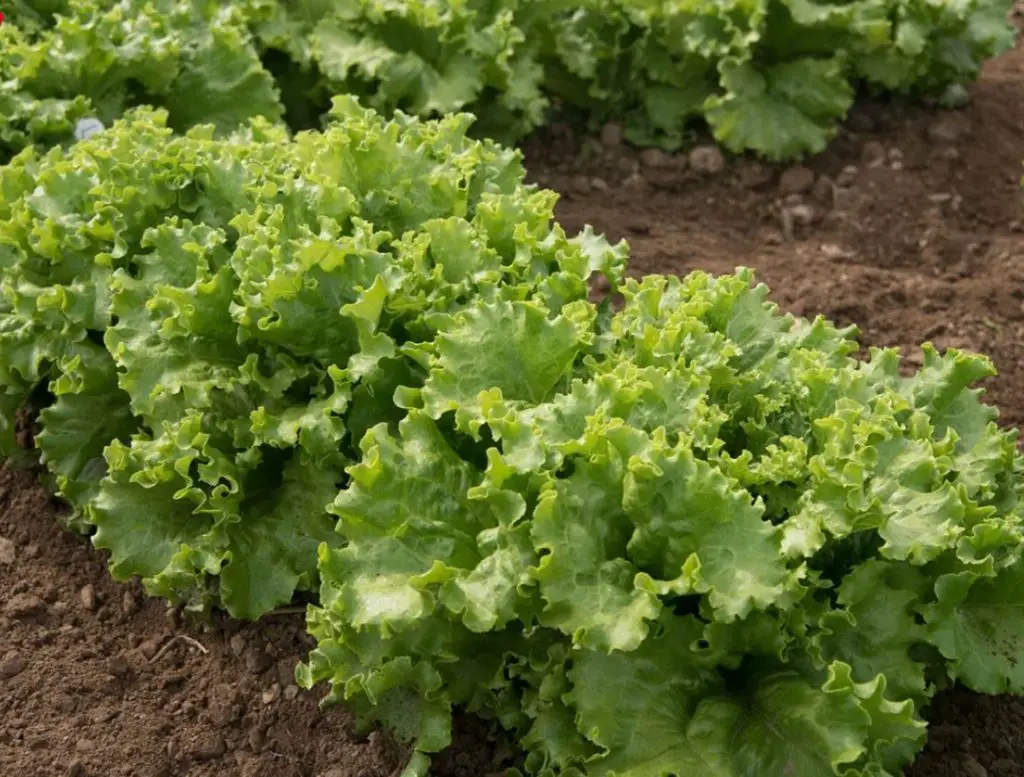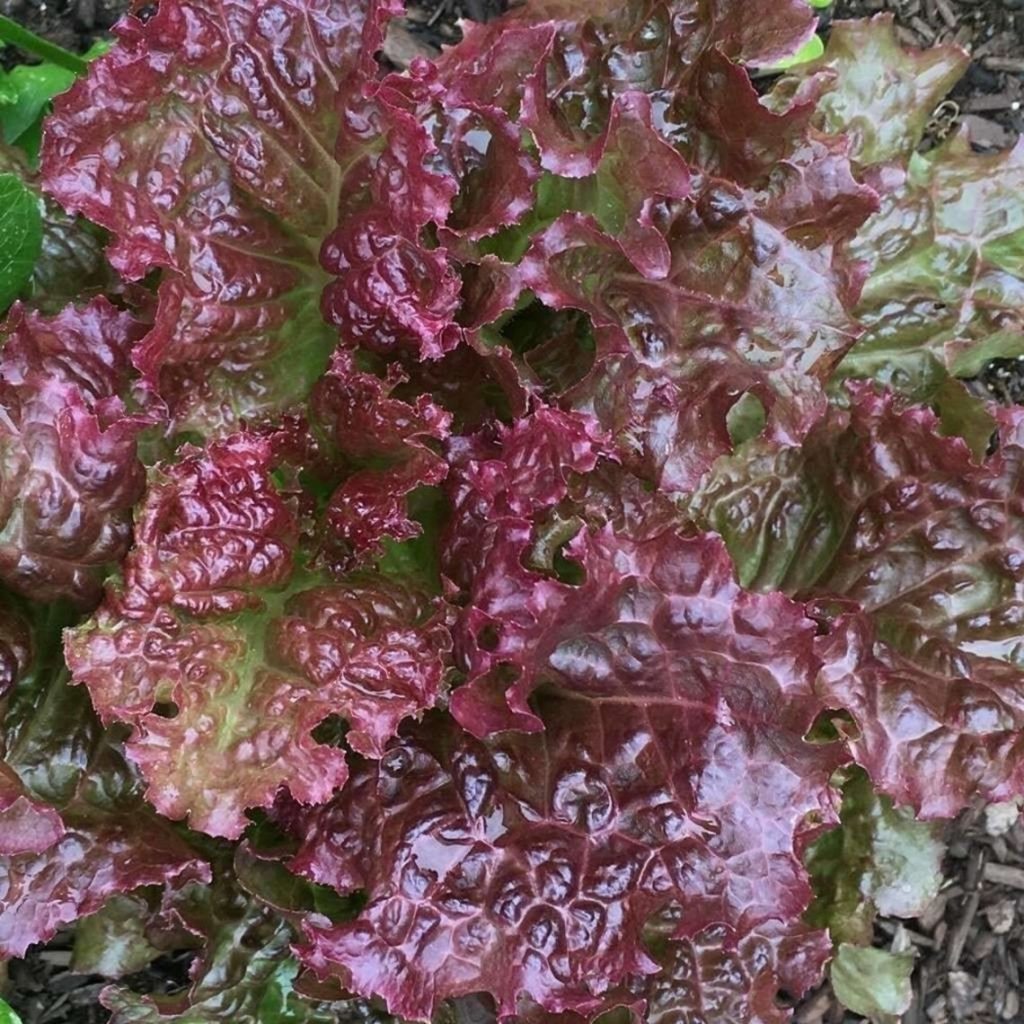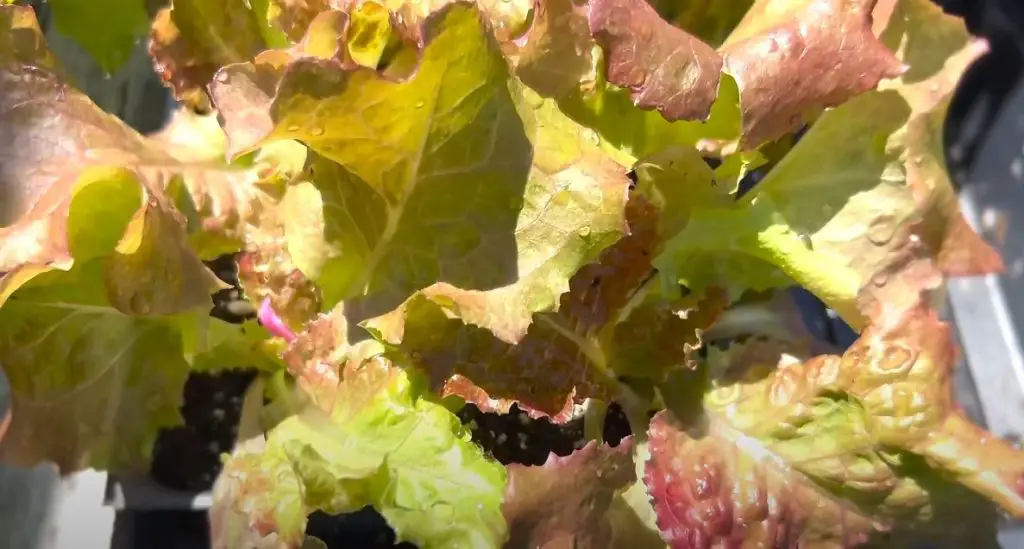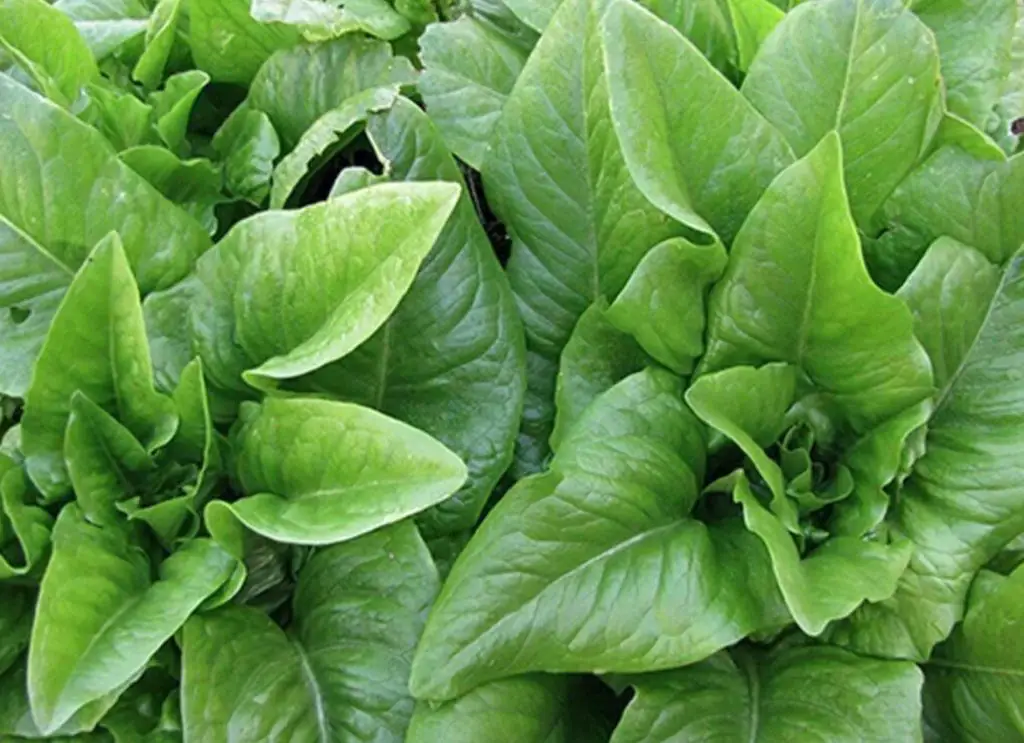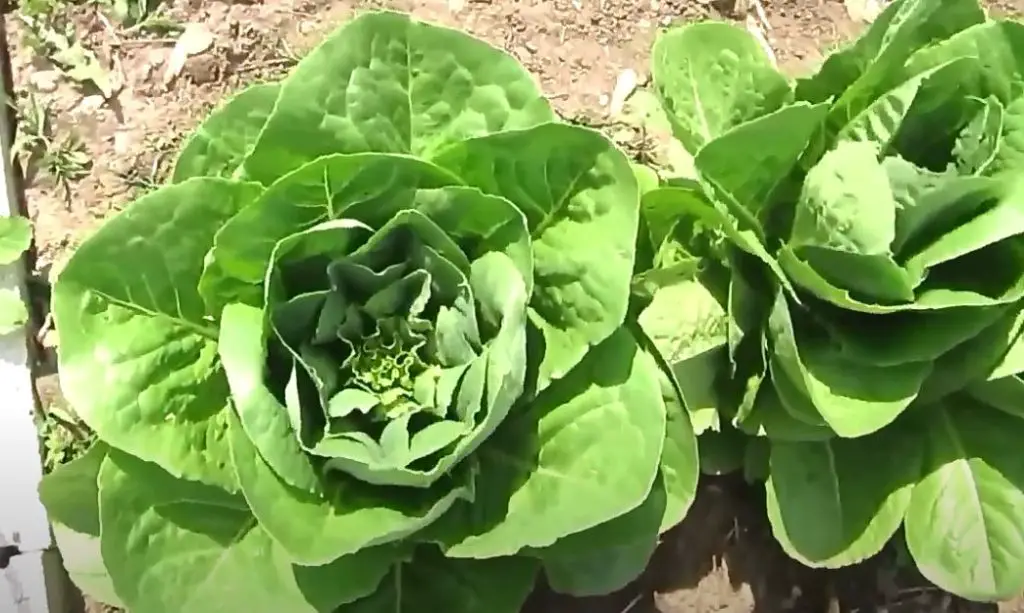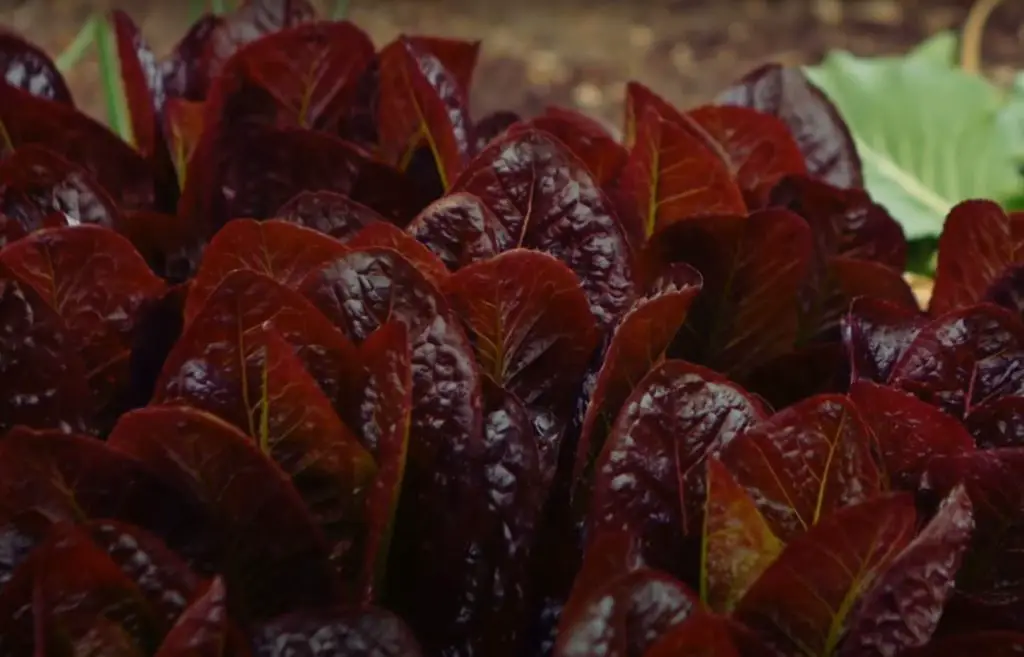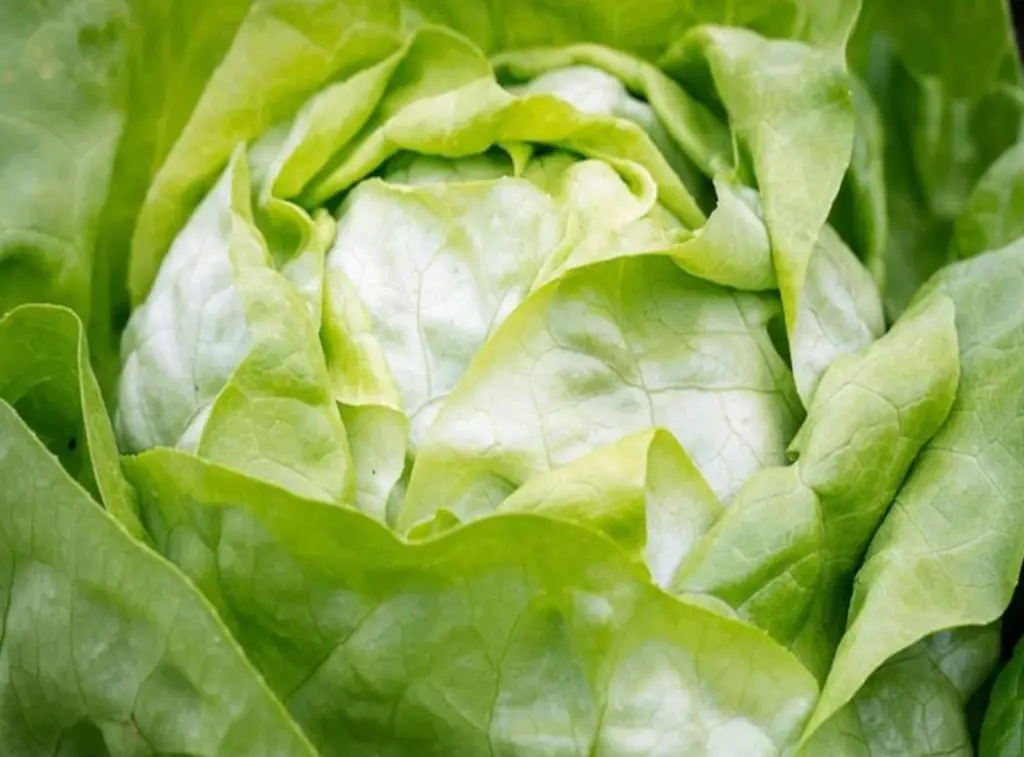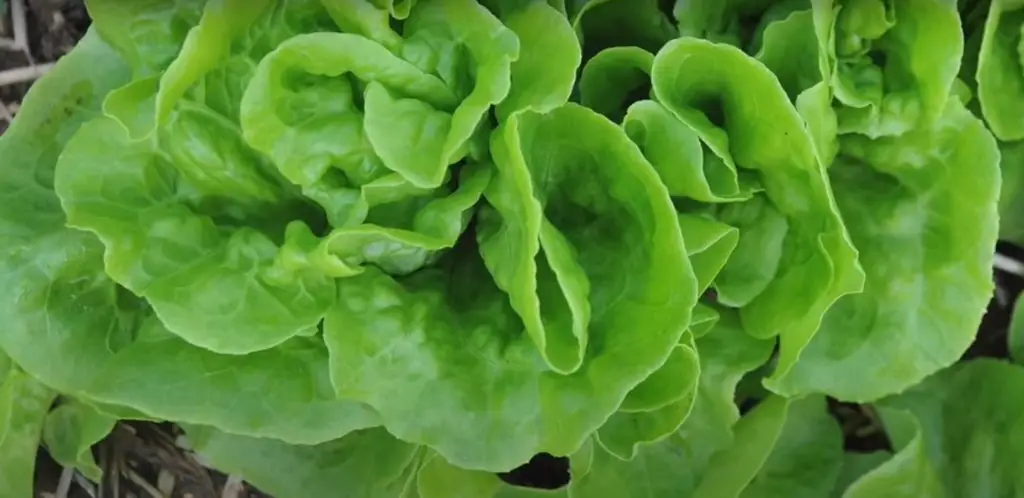Lettuce is one of the most versatile and iconic ingredients in cooking. From salads to sandwiches, it has become a dietary staple for many people around the world. But why settle for just iceberg lettuce when there are so many delicious varieties of loose leaf lettuce out there? Whether you’re looking for something with a bit of crunch or a mild flavor, these unique lettuces will take your meals to the next level!
Let’s start off by taking a look at some of the more popular types of loose leaf lettuce – butterhead, romaine, and oakleaf. Each have their own distinct flavors and textures that can easily be incorporated into all kinds of dishes. Butterhead lettuces, like Bibb and Boston, tend to be sweet and tender with a slightly nutty taste. Romaine offers an earthy depth while having a crisp texture that adds a great crunch to salads or crudités platters. Lastly, Oakleaf has frilly leaves with both sweet and bitter notes that make them perfect for adding contrast to other ingredients.
But don’t stop there! There are plenty more unusual types of loose leaf lettuce such as lollo rossa, mizuna, tatsoi, and mâche (also known as lamb’s lettuce). These lesser-known lettuces offer exciting new possibilities in terms of flavor combinations – think smoky sesame dressing on tatsoi or creamy feta cheese over lollo rossa! So get creative; explore different varieties beyond plain old iceberg lettuce and see what interesting options await!
1. Oak Leaf Lettuce
Ah, the Oak Leaf lettuce. Who could forget its crunchy texture and mild flavor? It’s been a staple in salads since ancient times – or so it seems! But what you may not know is that this humble green has a few hidden secrets up its frilly leaves. From adding extra nutrition to your meal to spicing up your plate with unique flavors, Oak Leaf lettuce can be an unexpected surprise on any table.
For starters, oak leaf lettuce adds more than just color to your dish; it also packs a nutritious punch. Rich in vitamins A, C and K as well as folate, calcium, and iron, this nutrient-filled veggie provides essential nutrients for healthy living. And if you’re looking for ways to boost the nutritional value of your meals without sacrificing taste, look no further than Oak Leaf lettuce. With its delicate flavor and vibrant hue, this vegetable makes the perfect addition to both savory dishes like soups and stews as well as sweet delights such as breads and cakes.
But that’s not all Oak Leaf lettuce brings to the party: it’s also surprisingly versatile when it comes to mixing different flavors together. Whether you want something earthy or tangy, spicy or sweet, there are endless possibilities when using Oak Leaf lettuce as an ingredient. Try marinating it in citrus juice or combining it with herbs for a unique twist on traditional side dishes – the options are truly limitless!
Ready to take your cooking game up another notch? Incorporating oak leaf lettuce into your recipes will provide delicious results while giving you even more reasons to love this crisp green powerhouse!
2. Lollo Rossa Lettuce
Lollo rossa lettuce is a variety of loose leaf lettuce that originated in Italy. It has dark green, deeply lobed leaves with a slightly bitter flavor and an attractive reddish hue. The crunchy texture makes it a great choice for salads or sandwiches.
It’s easy to grow lollo rossa lettuce at home:
Planting:
- Sow the seeds directly into the soil after all danger of frost is past.
- Keep the seedbed moist until germination occurs.
Care:
- Thin seedlings when they are 2-3 inches tall.
- Apply mulch around plants to keep moisture in and weeds down.
The best part about growing lollo rossa lettuce? You don’t need any special equipment or extra space; just some patience and dedication! With its fast growth rate, you’ll be harvesting your own delicious crop within weeks of planting – perfect for adding freshness to summer meals. Plus, it looks beautiful both in the garden and on the plate!
This hardy variety can even tolerate light frosts, making it one of the most versatile lettuces out there – something every gardener should try their hand at cultivating!
3. Butterhead Lettuce
Butterhead lettuce is a popular option for those seeking a slightly sweeter, velvety texture. This type of lettuce boasts beautiful ruffled leaves and an irresistibly creamy taste. It’s a great choice for salads, wraps, or sandwiches – its delicate flavor is perfect for any meal! Whether you’re looking to add some gourmet flair to your salad bowl or want something light and refreshing in your wrap, butterhead lettuce is the way to go.
The best thing about butterhead lettuce is that it’s incredibly versatile; it can be used raw as well as cooked. Raw heads can be chopped up into delicious salads, while larger ones are great when roasted with garlic and balsamic vinegar. If you love crunchy textures, try lightly sautéing the leaves until they take on just enough crispiness without losing their signature softness. No matter how you use this delightful green leafy vegetable, it always adds an extra layer of flavor and nutrition to meals.
Not only does butterhead lettuce provide unique flavors and textures to dishes, but it also offers plenty of health benefits too! The high water content makes this veggie-rich in vitamins A and C as well as fiber and antioxidants which support heart health and digestion. Butterhead lettuces are low-calorie yet dense with nutrients, making them an ideal snack for anyone trying to lose weight or stay healthy overall.
4. Bibb Lettuce
Moving on from butterhead lettuce, bibb lettuce is another type of loose leaf variety. It has a distinct flavor and texture that sets it apart from the other varieties – it’s sweeter than iceberg, but still crisp with a minimal amount of bitterness. Bibb lettuce originated in England during the 19th century and was named after John Bibb who developed the unique cultivar.
Bibb leaves are tender yet firm with some ruffling around the edges. The heads of bibb lettuce usually have an oval shape and can range in size from 12 inches to 4 inches in diameter. Its distinctive taste comes from its high sugar content, which gives it a sweet nutty quality when eaten raw or lightly cooked.
The nutritional benefits of bibb lettuce are noteworthy as well; it contains significant amounts of vitamin A, C, K , folate, potassium, and dietary fiber. In addition to being low-calorie and fat-free, this tasty green vegetable also provides essential vitamins and minerals needed for overall health maintenance.
When selecting bibb lettuce at your local market or grocery store look for crisp leaves without any browning or wilting spots – these indicate that the lettuce may be past its peak freshness. To ensure maximum nutritional value, serve bibb lettuce within two days of purchasing it for optimal results. With its crunchy texture and mild sweetness coupled with its excellent nutrient profile, there’s no doubt why bibb lettuce should be part of every healthy menu plan! Onward to romaine lettuce…
5. Romaine Lettuce
Romaine lettuce is an incredibly versatile vegetable, beloved by many for its crunchy texture and fresh flavor. As the sun sets in the evening sky, it’s easy to imagine a crisp romaine salad with a zesty vinaigrette dressing – creating a truly delightful culinary experience! With its tall leaves that grow up to one foot high and its creamy yellow-green color, romaine lettuce can be used to create numerous dishes or as an accompaniment to any meal.
In terms of nutrition, romaine lettuce is packed full of health benefits; it contains vitamins A and C for skin health and immunity respectively, along with iron which helps promote healthy red blood cell production. Moreover, this superfood provides dietary fiber which assists in digestion and weight management. Additionally, there are several varieties available, such as “Parris Island,” “Salinas” and “Cos” lettuces, each offering different nutritional profiles so you can find what works best for your diet.
As if these features weren’t enough reason to love romaine lettuce already, it also has a longer shelf life than other types of leafy greens when stored properly at temperatures between 32 °F (0 °C) – 40 °F (4°C). This makes it more convenient for cooking enthusiasts who want their ingredients always readily available without having to worry about them going bad quickly.
6. Batavia Lettuce
Batavia lettuce is a type of loose leaf variety. It has large, frilly leaves that are often green or bronze in color. Unlike other varieties of lettuce, Batavia’s leaves form an upright head – like iceberg lettuce – rather than lying flat on the ground. This makes it easier to harvest and transport. The taste of Batavia is sweet yet mild and its texture is crunchy and tender.
When selecting batavia lettuce for your table, look for heads with intact firm leaves that have vibrant colors without any browning edges or spots. Avoid wilted heads as this indicates poor quality and old age. Additionally, make sure to check for bugs since these can be found hiding in between the crevices within the center of each leaf! When storing batavia lettuce at home keep it refrigerated until ready for use; you’ll want to consume it quickly after purchase before it loses its freshness and flavor.
On the nutritional side, batavia contains dietary fiber which helps maintain digestive health by promoting regularity while also reducing blood cholesterol levels over time. Further nutrients include Vitamin A & C as well as calcium, iron and potassium – all powerful antioxidants that help protect our cells from damage caused by free radicals. With this many benefits packed into one powerhouse vegetable, why not give batavia a try? Moving onto another classic favorite…
7. Iceberg Lettuce
Iceberg lettuce is like a cool, crisp oasis in the desert of salads. With its unique crunch and mild flavor, it’s easy to see why iceberg remains one of the most popular lettuces for creating amazing dishes.
Unlike other varieties such as Batavia or Romaine, Iceberg lettuce has very little nutritional content. It contains almost no vitamin A or C, but does contain some dietary fiber – about 1 gram per cup (shredded). The main benefit that this variety brings to the table is its versatility; since it can be used raw or cooked in a number of different ways.
Its texture makes it perfect for adding extra crunch to sandwiches and wraps, while its delicate flavor means it pairs well with bold ingredients such as blue cheese dressing or spicy salsa. Additionally, you can toss chopped iceberg into warm pasta dishes right before serving for an added layer of freshness and flavor.
The possibilities are truly endless when it comes to creatively using iceberg lettuce in your cooking – so don’t let its lack of vitamins stop you from trying something new! As we move on to explore Little Gem Lettuce next, keep these ideas in mind during your culinary journey.
8. Little Gem Lettuce
Little gem lettuce is a unique variety of loose leaf lettuce that has recently gained popularity due to its sweet, nutty flavor. Its small size and delicate texture make it an ideal addition to salads or sandwiches, or even as the star of a dish. Its slightly bitter taste also adds complexity to any meal.
The leaves have a tender crunch and contain plenty of beneficial nutrients like vitamin A, C, K, folate, and minerals such as calcium and magnesium. Little gems can also be cooked in various ways including steaming, sautéing, roasting, blanching, and pickling – giving you lots of options for using this versatile vegetable!
If you’re looking to add some creativity to your cooking routine while still getting all the nutritional benefits that come with eating fresh produce – little gem lettuce could be just the ingredient you need. Try adding it to your next salad or sandwich for an unexpected flavor twist! With its pleasant flavor profile and nutrient-rich composition, it may become a regular part of your meals soon enough. As we move on to explore other types of loose leaf lettuces let us not forget how delicious and nutritious little gem lettuce can be.
9. Arugula Lettuce
Moving on from little gem lettuce, let’s take a look at arugula. This leafy green is incredibly versatile and adds flavor to salads, sandwiches, pasta dishes, and more. It has an intense peppery taste that sets it apart from other greens. Plus, its nutritional value makes it worth considering for your next dish.
Arugula is rich in vitamins A and C, as well as calcium, potassium, magnesium, and iron – making it an excellent choice for health-conscious eaters. The high levels of antioxidants also help fight inflammation and protect against free radical damage. Additionally, the fiber content helps keep digestion regular while promoting healthy gut bacteria.
When choosing this vegetable for your meals or snacks, you’ll want to select fresh bunches with no wilting leaves or yellowing spots. Once you’ve purchased them, store them in airtight containers lined with a damp paper towel until ready to use. Allowing the leaves to soak up some moisture will make them crispier when eaten raw; however, if adding them to cooked dishes like soups or stir fries they can be left out slightly longer so they don’t become soggy.
Overall, arugula offers up plenty of nutrition along with great flavor profiles that can enhance any meal or snacktime routine! With these tips in mind, you’re sure to have success adding this leafy green into your daily diet.
10. Frisee Lettuce
Ah, frisee lettuce – the sharp contrast to its more mild-mannered cousin, loose leaf. It’s a whole different ballgame! With an appearance that resembles dandelion leaves and a bitter flavor profile, this type of lettuce is not for everyone. But if you’re looking for something with a little kick, it might be worth exploring.
Frisee has been described as having hints of pepper or garlic in its taste and texture. Although some may find the bitterness off-putting at first glance, there are quite a few dishes that call for it specifically due to its unique flavor. And don’t forget about all the health benefits – high in vitamins A, C, K, and folate, plus plenty of fiber and minerals like magnesium and potassium – which make it an excellent choice for anyone looking to boost their nutrition intake.
When selecting your frisee lettuce, look for those with dark green outer leaves and yellowish inner ones; they should have no signs of wilting or browning. If you plan on serving them raw (as opposed to cooked) then make sure to give them a good rinse before consuming so they don’t retain any dirt or other contaminants.
11. Radicchio Lettuce
Moving on from frisée lettuce, let’s explore the exciting world of radicchio. Radicchio is an Italian chicory that has gained popularity due to its sensational flavor and striking appearance. Here are some reasons why this unique veggie should be added to your salad bowl:
- It has a delightful bitterness – The bitter flavor of radicchio adds complexity to dishes it’s paired with, making them truly mouth-watering experiences.
- It provides impressive nutrition benefits** – One cup of raw radicchio contains just 13 calories but packs in 3 grams of fiber, 30% of vitamin K requirements, and important antioxidants like lutein and zeaxanthin!
- It looks beautiful** – Radicchio comes in several varieties which all feature stunningly deep red leaves speckled with white veins or patches; these make for interesting visual effects when used in salads or other dishes.
- It can be cooked as well as eaten raw** – Since it stands up so well to heat, radicchio can be sautéed, grilled, roasted – you name it! Depending on how you prepare it, you’ll get different textures and flavors out of each cooking technique.
If you’re looking for something new to mix into your meals, look no further than radicchio! Its nutritional potency and versatility mean that adding this amazing vegetable will take your recipes to the next level without much effort at all. With its robust flavor profile and visually appealing aesthetics, radicchio is sure to become a regular part of your meal rotation soon enough – so don’t wait any longer to try it out!
12. Endive Lettuce
Ah, endive lettuce! It’s like a blast from the past that transports me to my grandmother’s kitchen. The nostalgia of childhood visits to her home will forever be tied to this delectable variety of lettuce.
Endive lettuce has an interesting flavor profile: it is slightly bitter and nutty with hints of sweetness which makes for a unique taste experience. This crisp leafy vegetable can be used in salads or cooked into warm dishes such as soups, stews, sautés and stir-fries. Endive also lends itself well to pickling, making it a great addition to any meal!
Nutritionally speaking, endive is packed full of vitamins A and C, as well as dietary fiber and minerals like calcium, iron, magnesium and potassium. Just one cup provides over half your daily recommended amount of vitamin K – essential for bone health – and nearly 10% of your daily dose of folate. With all these nutritional benefits combined with its distinct flavor, endive should become part of everyone’s weekly grocery list!
From its flavorful taste to its abundant nutrition content – not to mention the memories attached – there are countless reasons why you should add endive lettuce to your culinary repertoire.
13. Mizuna Lettuce
Mizuna lettuce is a unique variety of leafy green and one that often surprises people with its flavor. It has a pungent, slightly spicy taste that many enjoy in salads or stir-fries. Though it looks like other varieties of lettuce, mizuna stands out for its distinctive flavor profile.
When selecting the best mizuna lettuce for your recipes, look for heads of crisp leaves with no signs of wilting or discoloration. There should also be little to no yellowing on the edges. The outer leaves may have some fraying but as long as they are still fresh, they will provide great texture and crunch to any dish.
Cooking with mizuna is easy; you can quickly sauté it in olive oil or add it raw to salads and slaws. Here’s why this unusual vegetable deserves a place at your dinner table:
- Mizuna offers an intense peppery flavor when eaten raw but gains sweetness when cooked.
- It’s packed full of vitamins A & C, iron, and calcium which makes it an excellent choice for maintaining good health.
- Unlike other lettuces, mizuna tends to retain its color even after being cooked – making it perfect for brightening up dishes!
14. Lactuca Sativa Lettuce
Gardening is so much more than just a hobby; it’s an art form. For me, the beauty of growing lettuce is capturing its tenderness in my hands and enjoying the variety of colors that come with different types of leafy green plants. Lactuca sativa lettuce is one such type, unique among others due to its wide range of shapes and sizes, textures, flavors, and aromas.
This succulent plant has been around for centuries and dates back as far as ancient Rome where it was popularly used in salads or cooked dishes. It grows best during cool seasons when temperatures are below 80 degrees Fahrenheit and requires full sun exposure for optimal growth.
What makes this type of lettuce stand out from other varieties is its versatility—it can be harvested at any stage from baby leaves to mature heads depending on your preference. Its mild flavor pairs well with almost anything making it a great addition to any dish!
In terms of care, this variety does not require too much attention but benefits from regular watering and fertilizing every few weeks if you want bigger yields. With proper maintenance and by following the right steps, you can enjoy fresh delicious lettuce all year round!
15. Bronze Guard Lettuce
Bronze Guard lettuce is an incredibly unique variety of loose leaf lettuce. It’s a great choice for gardeners who want to add some color and texture to their gardens. The leaves are deep purple-bronze in color, with slightly serrated edges giving them the appearance of being frosted! Plus, they’re super crunchy and delicious.
When it comes to growing Bronze Guard lettuce, you’ll need full sun or partial shade depending on your climate zone. It grows best during cooler temperatures so be sure to plant it at the right time if you live in a warmer area. Additionally, these lettuces are slow bolting as long as they have plenty of water and fertilizer – making them ideal for those looking for a longer harvest period.
This type of lettuce also pairs well with other vegetables like kale and chard, adding beautiful visuals to salads while providing extra flavor. So don’t miss out on this amazing vegetable that can bring life into any garden! With its unique look and taste, Bronze Guard lettuce is definitely worth trying out.
16. Tatsoi Lettuce
Now let’s turn our attention to tatsoi lettuce. This type of leafy green is a member of the brassica family and looks similar to bok choy, with dark-green spoon-shaped leaves that have an inner layer of lighter green. It has a mild flavor, making it great for salads or as a side dish when cooked.
This winter crop does best in cool weather conditions and doesn’t require much fertilizer. For those who are new to vegetable gardening, this makes it easier to grow than other varieties of lettuce. Tatsoi can be harvested as soon as its first leaves appear, so you’ll always have some fresh greens on hand!
Its cold hardiness also makes tatsoi one of the most reliable types of looseleaf lettuce around – even if temperatures dip below freezing, your plants will survive just fine. With proper care and maintenance, you’ll enjoy fresh harvests all season long and into early spring.
Tatsoi may not be quite as popular as Bronze Guard or other varieties of looseleaf lettuce, but it definitely offers plenty of benefits for gardeners looking for something easy to maintain and harvest year-round.
17. Mâche Lettuce
Mâche lettuce, also known as lamb’s lettuce, is an interesting and unique variety of loose leaf lettuce. It has a nutty flavor that adds wonderful depth to salads and other dishes. Its small leaves are attractive when used as a garnish or in a presentation on plated meals.
Take for example the case study of John from San Francisco; he had been struggling with his vegetable garden for years until he tried mâche lettuce. Not only was it easy to grow, but its flavor complemented the rest of his vegetables perfectly! He now recommends mâche to all his gardening friends.
The benefits of growing mâche include:
- Taste: The delicate nutty flavor can add zest to any meal without overpowering more subtle flavors.
- Texture: Smaller than most varieties of loose leaf lettuce, the crunchy texture makes a great addition to salads and sandwiches alike.
- Visual Appeal: The deep green color and soft frilly leaves make this type of lettuce so aesthetically pleasing that it’s often used as decoration or garnish on meals served in restaurants all over the world.
Growing your own mâche lettuce at home is simple and rewarding – you’ll be amazed by how quickly it grows and how much you enjoy eating it fresh from your own garden! With just a little bit of effort, anyone can have delicious mâche ready to harvest in no time at all.
18. Tango Lettuce
Moving on to tango lettuce, this variety of loose leaf lettuce is an attractive mix of both colors and textures. It has a bright pinkish-red color with frilly leaves that are sure to make your salads look as beautiful as they taste. What sets it apart from other types of lettuce? Its unique flavor! Tango’s sweet, nutty notes will take any salad up a notch – perfect for those times when you want something different than the usual green varieties.
Tango lettuce also stands out due to its crunchy texture. With just enough bite and firmness, it’s great in salads or sandwiches. Plus, unlike some other lettuces, it holds up well over time so you can enjoy its crispness even after storing it in the fridge overnight. Not only does the tango provide a pleasing crunch but it also adds a delightful sweetness that makes every dish feel like more than just regular greens.
And if all that wasn’t enough to convince you, let us not forget about how easy this particular type of lettuce is to grow at home! You don’t need too much space or skill either – simply plant the seeds in nutrient-rich soil and watch them flourish under the right conditions. All these attributes combined make tango one of our favorite types of loose leaf lettuce for veggie gardeners looking for something special!
19. Ruby Streaks Lettuce
Ruby Streaks lettuce is one of the most eye-catching varieties of loose leaf lettuces, often described by gardeners as having a “splash of ruby” in their beds. It’s not just beautiful to look at; this red-tinged variety produces large yields and has an unusually sweet flavor! In fact, it can produce up to 8 times more leaves than other types of lettuce – that’s some serious salad potential right there!
Here are five reasons why you should consider growing Ruby Streaks lettuce:
- Its vibrant color adds interest and beauty to your vegetable bed.
- This variety is known for its mild sweetness compared to other lettuces.
- It grows quickly, so you won’t have long to wait before harvest time.
- As previously mentioned, it produces larger yields than most other lettuces.
- The wavy leaves create a great texture when included in salads or sandwiches.
If you’re looking for a unique addition to your veggie patch, then Ruby Streaks lettuce is certainly worth trying out! You’ll love the way it looks and tastes, plus all those extra leaves will keep you stocked up on delicious salads throughout the season.
20. New Red Fire Lettuce
New Red Fire lettuce is a variety of loose leaf lettuce that is sure to ignite your taste buds! This unique and beautiful plant has striking maroon-red leaves, streaked with deep green veins. Its flavor is incredibly robust – it’s sweet and spicy at the same time. It’s perfect for adding color and zest to salads or sandwiches. Plus, its nutritional content makes it an excellent choice for health-conscious gardeners.
This type of lettuce isn’t too difficult to grow either. Planting in full sun will give you the best results; partial shade works as well. Make sure you keep the soil moist but not soggy, otherwise you’ll risk root rot or other diseases setting in. Be aware of pests such as aphids too, which can be combatted by spraying neem oil regularly. Harvest when the outer leaves are about 4-5 inches long for maximum flavor!
21. Creamy Feta Cheese Lettuce
Creamy feta cheese lettuce is a unique variety that has the most delightful flavor. It’s a crisp and crunchy leaf, with hints of nuttiness and tanginess from the creamy feta cheese. A great thing about this type of lettuce is that it can be harvested as either young leaves or full-size heads. When harvesting young leaves, they should be cut close to the base so they won’t regrow. Full-sized heads are best harvested when they reach maturity.
The creamy feta cheese lettuce grows quickly and easily in almost any soil type, provided there is adequate drainage and sunlight. For best results, sow seeds directly into prepared beds of loose, well-drained soil in early spring or late summer for fall harvests. Sow seeds two inches apart at half an inch deep and thin out excess seedlings once sprouted. Keep soil evenly moist throughout the growing season to ensure healthy growth and yields.
This delicious lettuce adds flavor to salads and other dishes alike! Try adding it to your favorite recipes such as tacos, sandwiches or wraps for a fresh take on these classic meals. You’ll love its bold taste combined with its tender texture – perfect for all sorts of culinary creations! With proper care and maintenance, you can enjoy this special variety of lettuce year-round!
22. Deer Tongue Lettuce
As we transition from creamy feta cheese lettuce to another variety of loose leaf lettuce, let’s explore deer tongue! This unique and strange name might have you scratching your head, but it is a delicious addition to any garden. As an experienced vegetable gardener, I can tell you that deer tongue lettuce has a sweet flavor with a buttery texture that makes salads something special.
In terms of looks, the leaves are long and pointed at the end – similar in shape to a tongue! They come in shades ranging from light green to deep purple-red colors. It’s hardy enough for cold weather climates and grows fast as well. Planting this type of lettuce will give you plenty of tasty leaves in no time.
The best part about deer tongue is its versatility – use it fresh or cooked like spinach! Whether chopped up into small pieces and added raw to sandwiches or sautéed with garlic, it adds amazing flavor to whatever dish you’re making. Plus, adding some color never hurts either! With all these qualities combined, there’s no reason not to add this delectable leafy green to your garden.
23. Paris White Lettuce
Paris White lettuce is a unique variety of loose leaf lettuce. It’s easily identified by its smooth, light green leaves and sweet flavor. As an heirloom variety, it has been grown in Europe for centuries. I’m sure you can imagine the delight that comes from harvesting this tasty vegetable!
This variety of lettuce grows well even in poor soil conditions and does not require much fertilization or water to produce bountiful harvests. In addition, Paris White lettuce is able to withstand some heat and humidity without bolting or wilting. This makes it ideal for many gardeners because they don’t have to worry about timing their harvests perfectly around extreme weather events.
When growing Paris White lettuce, make sure to provide plenty of space between plants so they can spread out as they grow. Planting too close together will most likely lead to overcrowded plants with smaller heads of lettuce than desired. If your climate allows for multiple plantings throughout the year, you’ll be rewarded with plenty of delicious salads all season long!
24. Red Sails Lettuce
Red sails lettuce is a variety of loose leaf lettuce that has frilly, deep red leaves. It’s an ideal choice for salads or as part of any mixed green platter. For example, consider the hypothetical case of Bob, who wants to make his mixed greens look extra fancy for dinner guests. He could choose to use some Paris White and Red Sails lettuce together in order to achieve the desired effect!
Red sails lettuce is easy to grow even for beginner gardeners. Simply sow seeds directly into your garden (or container) about 4-6 weeks before you want to harvest it – usually, this would be at least two months before your last expected frost date. Red sails prefer cool weather so be sure not to plant too early as warm temperatures can lead to bolting. Make sure the soil is moist but well-drained, and keep planting beds free from weeds by using mulch around plants. This will help conserve moisture while also preventing weed growth.
Once harvested, store red sails lettuce loosely wrapped in plastic in the refrigerator and use it within one week; otherwise, it will start to wilt and become bitter tasting. With proper care, you’ll have crunchy bright red leaves ready for adding color and texture to any salad mix!
25. Crisphead Lettuce
Crisphead lettuce is one of the most popular types of loose leaf lettuce. Its crisp and crunchy leaves are a great addition to any salad or sandwich! I love adding this type of lettuce to my salads, as it adds a nice texture and flavor that can’t be found in other lettuce. Plus, its beautiful color makes an attractive presentation.
The best way to grow crisphead lettuce is in cool weather, with temperatures between 45-75°F (7-24°C). It requires plenty of water, so make sure you keep your soil moist at all times. You’ll also want to fertilize your plants every two weeks for optimal growth. If you’re looking for something extra special, try growing heirloom varieties—they tend to have more intense flavor than hybrids.
When harvesting, be sure not to pick too many leaves from each plant; leave some on the stem so the plant can continue producing new foliage. And always harvest early in the morning before the heat of the day sets in; this will ensure maximum freshness and flavor! With proper care and attention, you should expect tasty results from your crop of crisphead lettuce.
26. Yugoslavian Red Lettuce
Have you ever wanted to add a unique and vibrant color to your garden? Then Yugoslavian Red lettuce is just the right choice for you! This variety has been around since the 19th century, making it one of the oldest varieties still in production. It’s got a distinctive flavor too – sweet and spicy like a radish but with a hint of bitterness that lingers.
This gorgeous lettuce is perfect for salads, sandwiches, or as an ingredient in cooked dishes. Its bright red leaves have beautiful crinkly edges which make them stand out amongst other lettuces. The heads are small and compact, so they take up less space than larger types. They’re also great for cut-and-come-again harvesting because they will regrow quickly after cutting.
Yugoslavian Red lettuce loves cool weather conditions but can tolerate warmer temperatures better than some types. Plant it early spring through late summer for optimal results.
27. Igloo Lettuce
Now let’s explore Igloo lettuce, a variety that really stands out because of its shape and texture. This leafy green is an open-head type with thick leaves that are round at the edges. Its unique appearance makes it ideal for salads or as a decorative garnish on dishes. The taste is mild and slightly sweet—a perfect complement to any meal!
The plant itself has strong stems that allow it to withstand cold temperatures better than other lettuces, making this a great choice for gardeners in colder climates. It also matures quickly and can be harvested within three weeks of planting. Plus, its compact size means you don’t need much space to grow it successfully.
Igloo lettuce is easy to care for and doesn’t require too much work from the gardener. Just make sure that it gets plenty of sunlight and water, and watch your crop excel! With just a little effort, you’ll have plenty of delicious greens to enjoy all season long.
28. Tom Thumb Lettuce
If you’re looking for an heirloom variety of lettuce that’s small and sweet, Tom Thumb is your guy. This leafy green dates back to the 1800s when a British seed merchant first created it, and since then it has become a popular garden favorite. Its leaves are smaller than other varieties and they have a crisp texture with slightly frilly edges. It also produces plenty of rosettes making it ideal for salads or garnishes.
Tom Thumb thrives in cooler temperatures so it’s best planted during spring or fall months. To get the most out of this crop, be sure to provide enough space between plants as overcrowding will reduce its yield potential. Also, take care not to overwater or leave too much water standing on the foliage as this can cause rotting issues. Additionally, make sure to thin out young seedlings within two weeks after germination for stronger plant growth later down the line.

